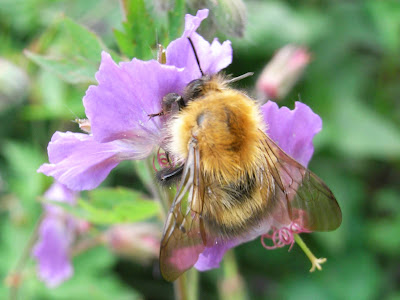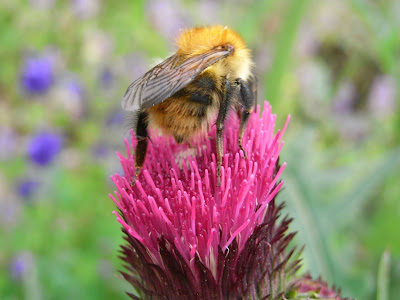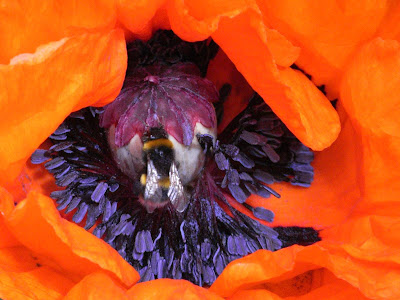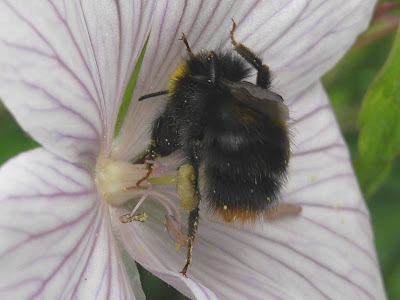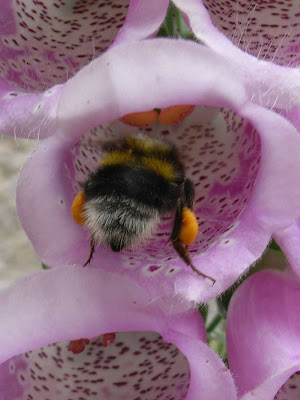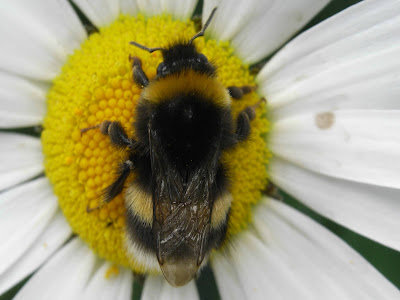A Busy Turn Of Events
 Since my last post, in late August, my husband and I have been swept along on a tide of events which has taken up the majority of our time and energy. People matter most in life, and in my book, family comes before everything else. When it comes to a choice between giving up our time when they are facing major difficulties and upheaval in their lives, or spending time writing about the story of the Barleycorn garden, without question, their needs will always take precedence.
Since my last post, in late August, my husband and I have been swept along on a tide of events which has taken up the majority of our time and energy. People matter most in life, and in my book, family comes before everything else. When it comes to a choice between giving up our time when they are facing major difficulties and upheaval in their lives, or spending time writing about the story of the Barleycorn garden, without question, their needs will always take precedence. However, to add to our already busy schedule, and to complicate matters even further - bearing in mind there were only three days left before we were due to leave for Brittany - we received a very sad telephone call from the hospital, and found ourselves, therefore, madly rushing around, trying to organise a funeral. I'm not quite sure where the extra energy we need in times of crisis comes from, but we were certainly filled with enough adrenalin, from dawn till dusk on those three days, to make all the necessary preparations.
However, to add to our already busy schedule, and to complicate matters even further - bearing in mind there were only three days left before we were due to leave for Brittany - we received a very sad telephone call from the hospital, and found ourselves, therefore, madly rushing around, trying to organise a funeral. I'm not quite sure where the extra energy we need in times of crisis comes from, but we were certainly filled with enough adrenalin, from dawn till dusk on those three days, to make all the necessary preparations. Around that time the weather had been poorly, but, on the day of the funeral the sun shone brightly. The Service of Thanksgiving was a happy one, for the eulogy, written by me, was full of humorous stories and concentrated on celebrating a life well spent. Late into the same evening, my husband and I did not forget our manners, and took time to express our thanks to many people, for we knew we would not have the opportunity to do so the following week. Three days later, we arrived in Brittany, feeling more than a little drained, but, happy in the knowledge we had been available to do all that was necessary and spare my husband's mum, who, at her time of life, would not have coped by herself.
Around that time the weather had been poorly, but, on the day of the funeral the sun shone brightly. The Service of Thanksgiving was a happy one, for the eulogy, written by me, was full of humorous stories and concentrated on celebrating a life well spent. Late into the same evening, my husband and I did not forget our manners, and took time to express our thanks to many people, for we knew we would not have the opportunity to do so the following week. Three days later, we arrived in Brittany, feeling more than a little drained, but, happy in the knowledge we had been available to do all that was necessary and spare my husband's mum, who, at her time of life, would not have coped by herself.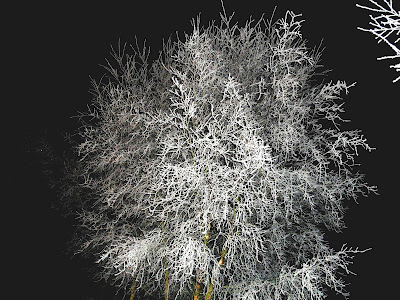 The next morning I awoke to a rainbow-coloured left hand, which I continued to nurse throughout the holiday, and a stiff, aching body, which I was able to ease with hot showers. Just as with the funeral, I was now blessed with an inordinate amount of adrenalin, coupled with the excitement of looking forward to the wedding and the part I would play in the celebrations. I am convinced both of these factors helped to give me an even higher pain threshold than normal, because, fall or no, I was determined nothing was going to spoil the wedding.
The next morning I awoke to a rainbow-coloured left hand, which I continued to nurse throughout the holiday, and a stiff, aching body, which I was able to ease with hot showers. Just as with the funeral, I was now blessed with an inordinate amount of adrenalin, coupled with the excitement of looking forward to the wedding and the part I would play in the celebrations. I am convinced both of these factors helped to give me an even higher pain threshold than normal, because, fall or no, I was determined nothing was going to spoil the wedding. One of our favourite memories of the day was when my son and his bride were standing in the doorway of the church with the bells ringing, two Breton pipers playing merrily, confetti of rose petals falling around them, and that special glow of happiness on their faces. The bride was a vision of understated French elegance. Our son stood beside her, proudly showing the world his beautiful new bride. Her surprise for him was a rose, made from the tartan of our clan, in her hair. His surprise for her was the French tricolour ribbon pinned to his plaid. Both signified a new marriage, a new life together, a new merging of two cultures. They never stopped smiling the entire day. It was all so romantic! We were so proud to be there sharing in their joy.
One of our favourite memories of the day was when my son and his bride were standing in the doorway of the church with the bells ringing, two Breton pipers playing merrily, confetti of rose petals falling around them, and that special glow of happiness on their faces. The bride was a vision of understated French elegance. Our son stood beside her, proudly showing the world his beautiful new bride. Her surprise for him was a rose, made from the tartan of our clan, in her hair. His surprise for her was the French tricolour ribbon pinned to his plaid. Both signified a new marriage, a new life together, a new merging of two cultures. They never stopped smiling the entire day. It was all so romantic! We were so proud to be there sharing in their joy. But life is not that simple. I don't think I could make up what happened next! For fact is often stranger than fiction. When we got home from church one Sunday there was a message on our ansaphone to say there had been an explosion at her flat. We rushed down to discover water pouring down through the light fittings in four of the rooms. We needed wellies to wade through the mess!
But life is not that simple. I don't think I could make up what happened next! For fact is often stranger than fiction. When we got home from church one Sunday there was a message on our ansaphone to say there had been an explosion at her flat. We rushed down to discover water pouring down through the light fittings in four of the rooms. We needed wellies to wade through the mess! We brought her home to stay with us till we ascertained the problem. It turned out to be a faulty gas coupling in the flat above which had caused a gas explosion and burst the water tank and all the pipes. It was good fortune indeed that neither of the occupants of the two flats had been hurt in any way. My husband's mum didn't seem too bothered about having to be moved to a new flat.
We brought her home to stay with us till we ascertained the problem. It turned out to be a faulty gas coupling in the flat above which had caused a gas explosion and burst the water tank and all the pipes. It was good fortune indeed that neither of the occupants of the two flats had been hurt in any way. My husband's mum didn't seem too bothered about having to be moved to a new flat. I did not imagine I would end the year writing about catastrophes in my life, rather than another episode in the life of the garden at Barleycorn. But, throughout all the disasters, I have never failed to appreciate the changing moods of the garden, which have sustained me and uplifted me. On dark days, when things felt a bit weary, the reflections in the ponds have charmed me. Being serenaded by the birds each morning has kept my spirits up. Jack Frost has sprinkled his glitter across the bare bones of the garden and created a magical landscape. Who could fail to smile and count their blessings living in a paradise such as this?
I did not imagine I would end the year writing about catastrophes in my life, rather than another episode in the life of the garden at Barleycorn. But, throughout all the disasters, I have never failed to appreciate the changing moods of the garden, which have sustained me and uplifted me. On dark days, when things felt a bit weary, the reflections in the ponds have charmed me. Being serenaded by the birds each morning has kept my spirits up. Jack Frost has sprinkled his glitter across the bare bones of the garden and created a magical landscape. Who could fail to smile and count their blessings living in a paradise such as this?xxxxxxx
God's in his Heaven -
All's right with the world!
All's right with the world!
Robert Browning.
xxxxxxx
Plant list
Cotoneaster
Betula Pendula Youngii
Betula Pendula
Betula Ermanii
Rosa Fruhlingsmorgen
Berberis Darwinii
Cornus Alba Siberica
xxxxxxx
Click on each image to enlarge and read its common amd botanical name.


